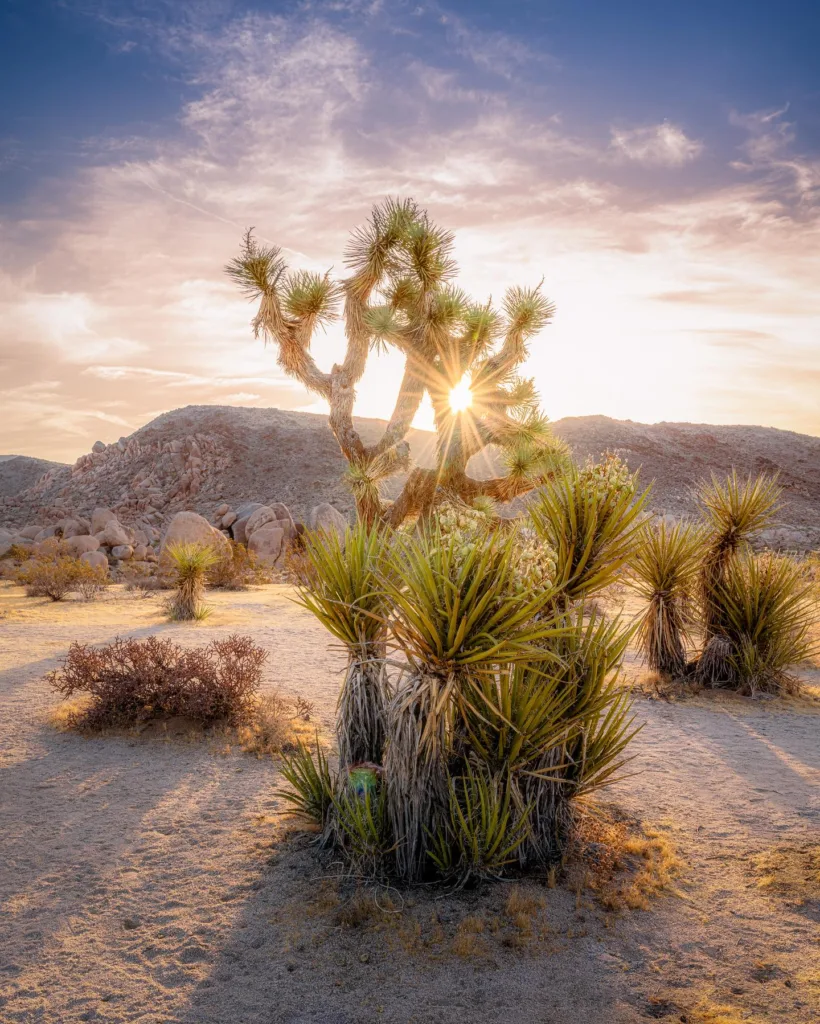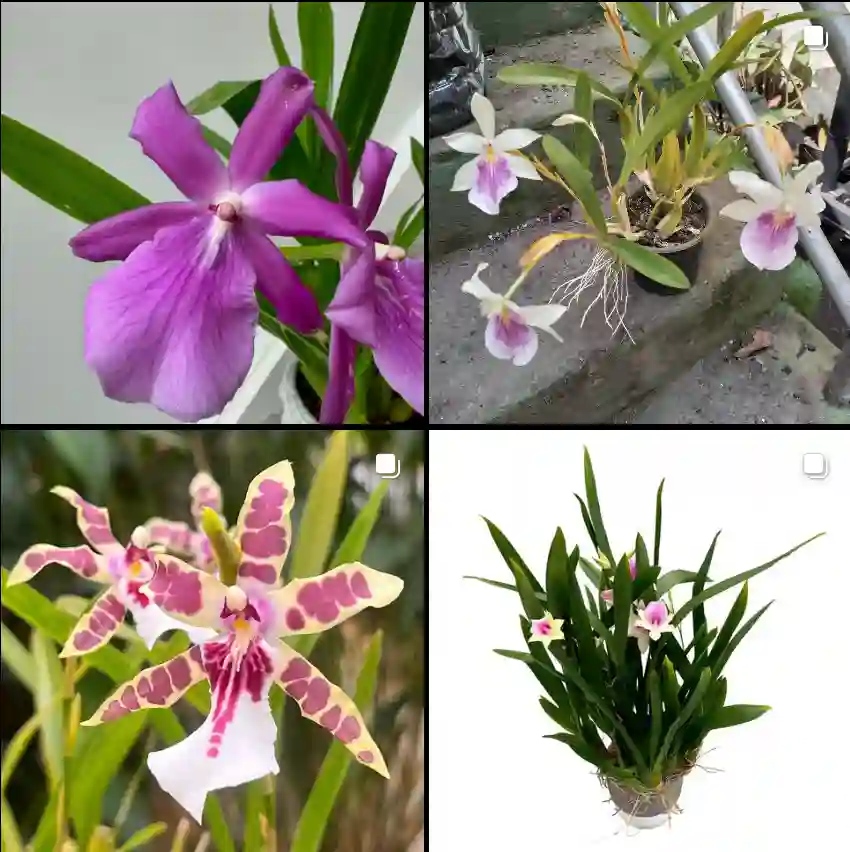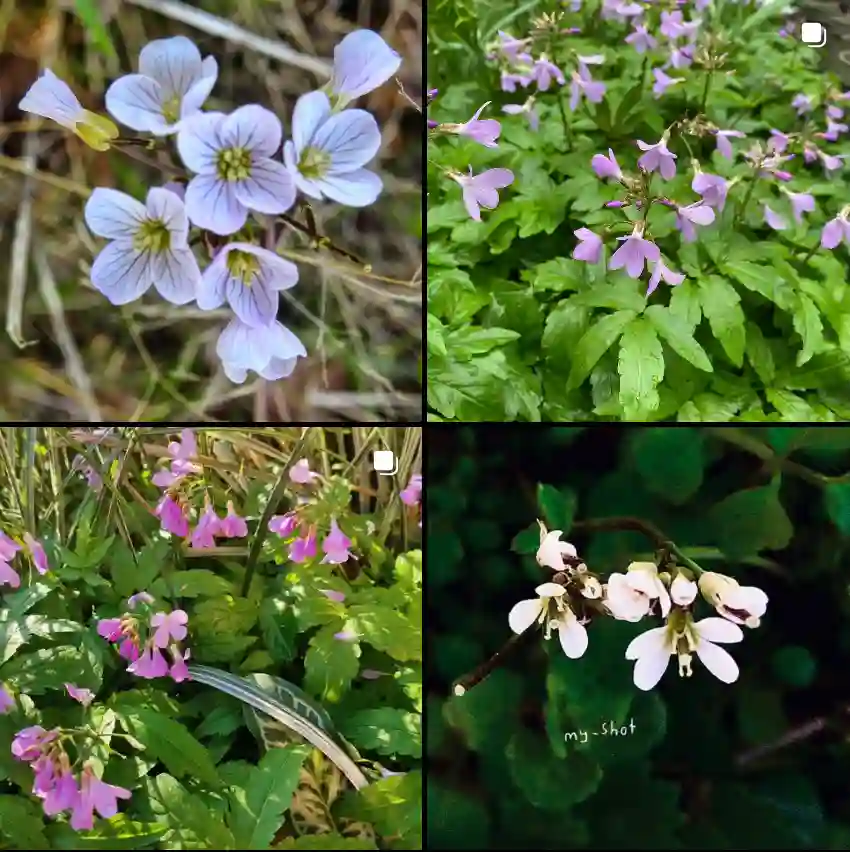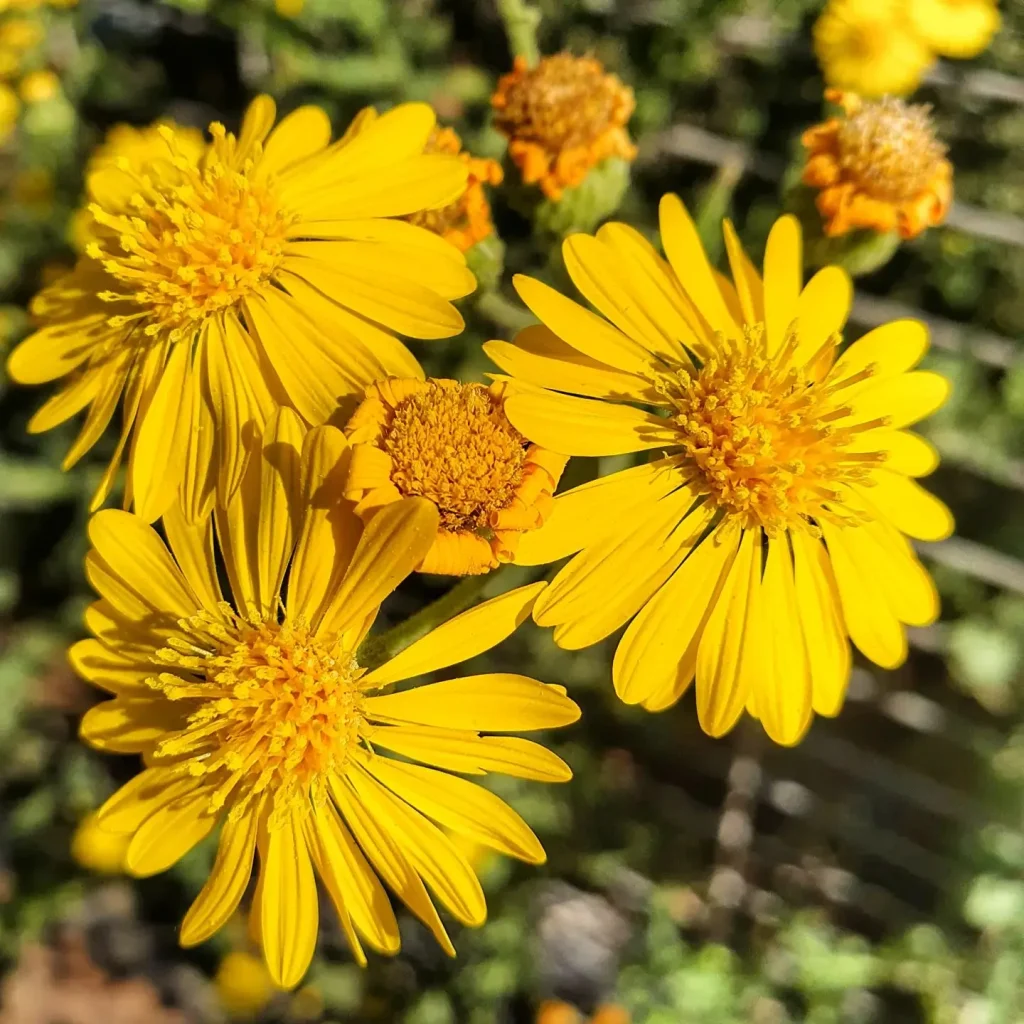FAQs About Nageia Nagi
When it comes to Nageia Nagi, a lesser-known but fascinating plant, I’ve gathered some of the most common questions I get asked. Whether you’re new to this plant or looking to deepen your understanding, here’s everything you need to know.
117 Species in Genus Podocarpus
What Is Nageia Nagi?
Nageia Nagi, also known as False Podocarpus or Japanese Nageia, is a slow-growing evergreen shrub or small tree native to East Asia, specifically Japan and Taiwan. It belongs to the Podocarpaceae family. Unlike many conifers, it has small, glossy leaves that are often overlooked in favor of more flamboyant plants. Its understated beauty and adaptability make it a unique addition to various garden settings.
How to Care for Nageia Nagi?
Caring for Nageia Nagi is relatively straightforward, but it does require attention to a few key aspects:
- Light: Nageia Nagi thrives in partial shade to full shade. It’s best suited for areas where it receives dappled sunlight or indirect light. Too much direct sun can scorch its leaves.
- Soil: The plant prefers well-drained, slightly acidic to neutral soil. It’s quite tolerant of various soil types, but good drainage is crucial to prevent root rot.
- Watering: Keep the soil consistently moist but not waterlogged. Water it regularly, especially during dry spells, but allow the top inch of soil to dry out between waterings.
- Temperature: Nageia Nagi is hardy in USDA zones 7 to 10. It can tolerate light frost but may need protection from extreme cold temperatures.
- Fertilization: Feed it with a balanced, slow-release fertilizer in the spring. Avoid over-fertilizing, as this can lead to excessive growth and reduced plant health.
How to Propagate Nageia Nagi?
Propagation of Nageia Nagi can be a bit tricky but is achievable with the right approach:
- From Seed: Collect seeds in the fall and sow them in a well-draining seed mix. Keep the seeds moist and maintain a temperature of around 68°F (20°C). Germination can be slow, often taking several months.
- From Cuttings: Semi-hardwood cuttings taken in late summer or early fall can be rooted in a mix of sand and peat. Use a rooting hormone to encourage root development. Keep the cuttings in a humid environment until they develop roots.
What to Plant With Nageia Nagi?
Nageia Nagi pairs well with other shade-tolerant plants, creating a lush, green backdrop for your garden:
- Hostas: Their broad leaves complement the finer texture of Nageia Nagi’s foliage.
- Ferns: Adding various fern species can enhance the forest-like appearance.
- Heuchera: The colorful foliage of Heuchera provides a nice contrast to the glossy leaves of Nageia Nagi.
- Shade-loving perennials: Consider plants like Astilbe or Brunnera for additional interest.
Is Nageia Nagi Toxic?
Nageia Nagi is not considered toxic to humans or pets. It’s a safe choice for gardens where children or animals are likely to roam. However, as with all plants, it’s best to discourage ingestion of any non-edible foliage.
Benefits of Nageia Nagi
- Aesthetic Appeal: Its evergreen nature ensures that your garden maintains visual interest throughout the year.
- Low Maintenance: It doesn’t require frequent pruning or intense care, making it a practical choice for busy gardeners.
- Wildlife Friendly: While it doesn’t produce showy flowers, its dense foliage provides shelter for birds and small wildlife.
Common Problems
- Pests: Nageia Nagi is relatively pest-resistant, but watch out for common garden pests like aphids or scale insects. Regular inspection can help catch issues early.
- Diseases: Root rot can be a problem if the plant is overwatered. Ensure good drainage and avoid waterlogging.
- Yellowing Leaves: This can be a sign of overwatering or poor soil drainage. Adjust watering practices and check soil conditions.
Compare with Similar Plants
If you’re considering Nageia Nagi, you might also look at:
- Podocarpus macrophyllus: Also known as the Podocarpus or Yew Podocarp, this plant is similar in its evergreen nature and shade tolerance but tends to grow faster and larger.
- Ilex crenata: Known as Japanese Holly, it shares similar care requirements and aesthetic qualities but has a different leaf structure and growth habit.
- Taxus baccata: The English Yew is another evergreen alternative that can provide a similar backdrop, though it requires slightly different care, particularly in terms of soil acidity.
Nageia Nagi, with its elegant foliage and low maintenance needs, can be a standout feature in any shade garden. Whether you’re enhancing a woodland garden or adding a touch of evergreen to a shaded area, it’s a plant that offers both beauty and versatility.
If i die, water my plants!



